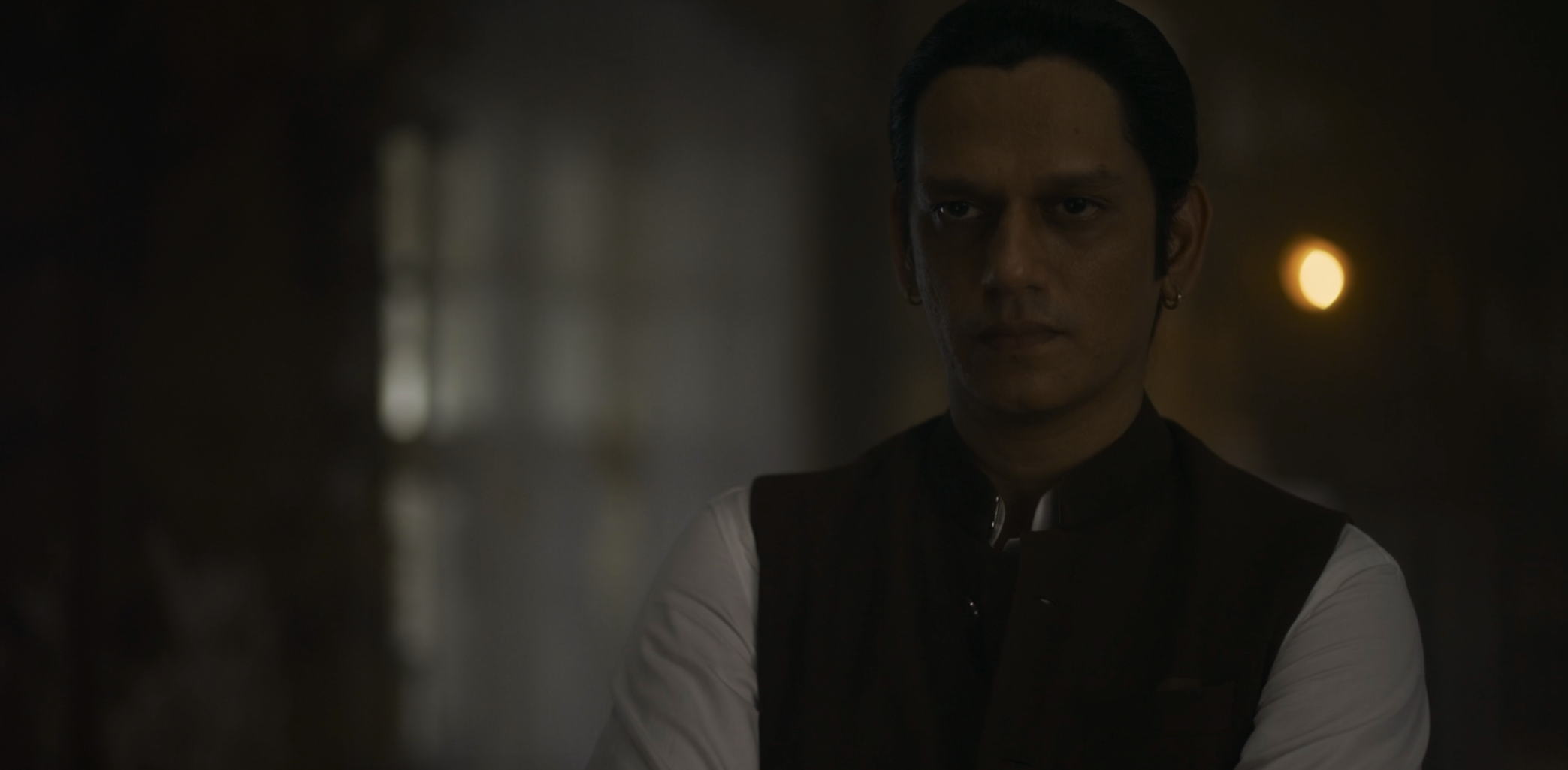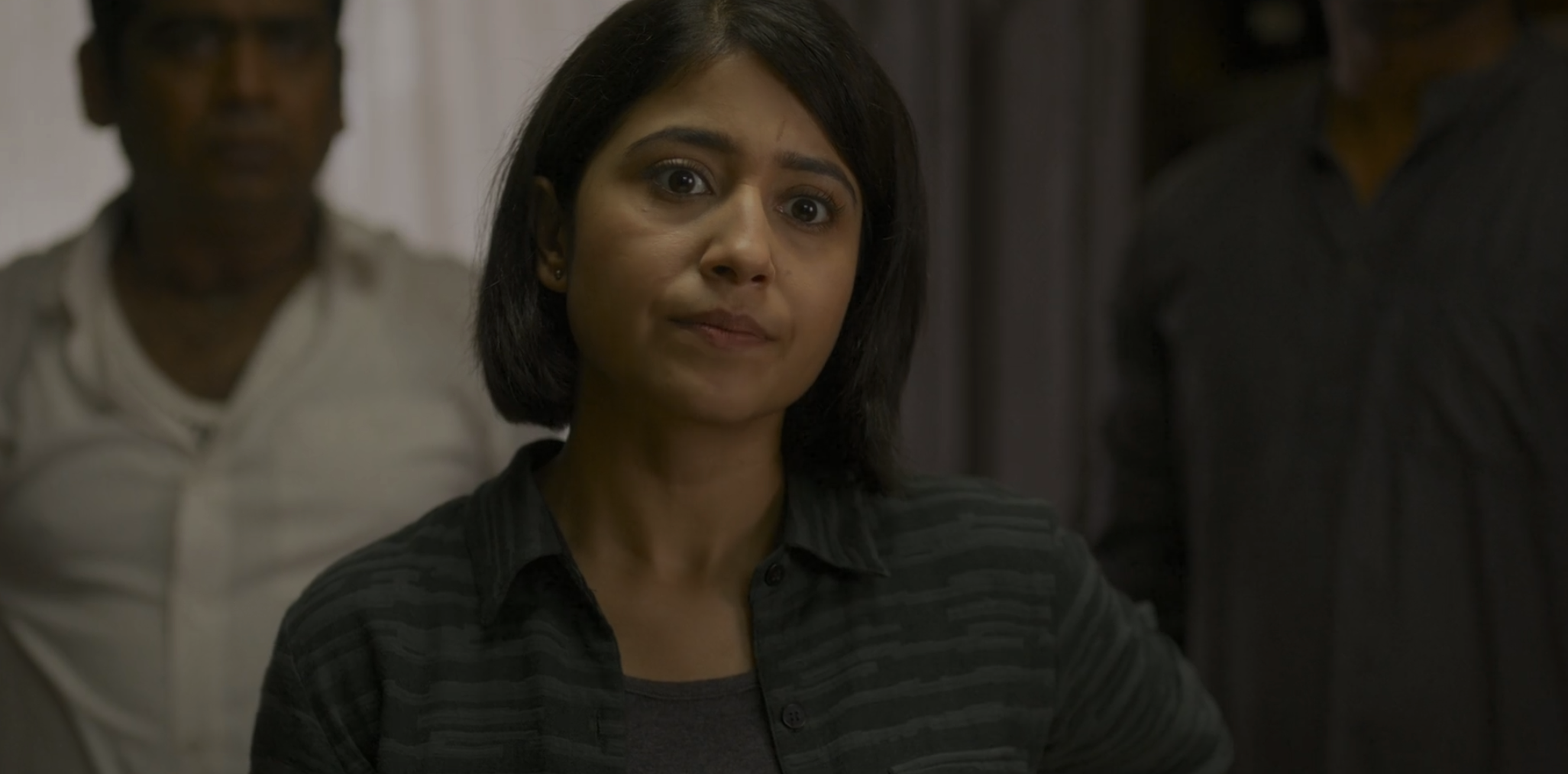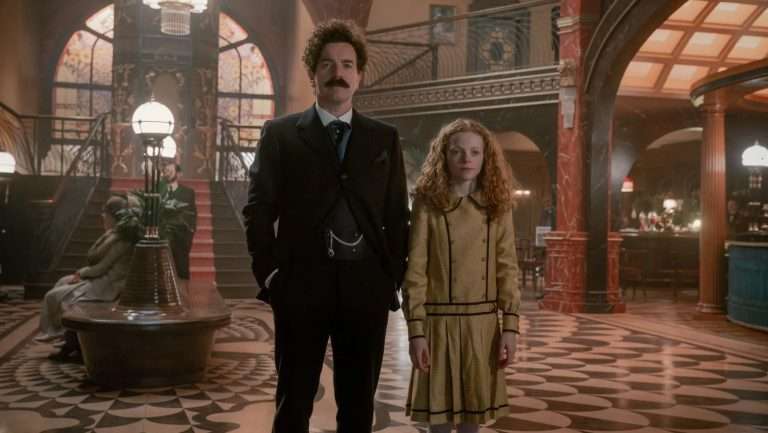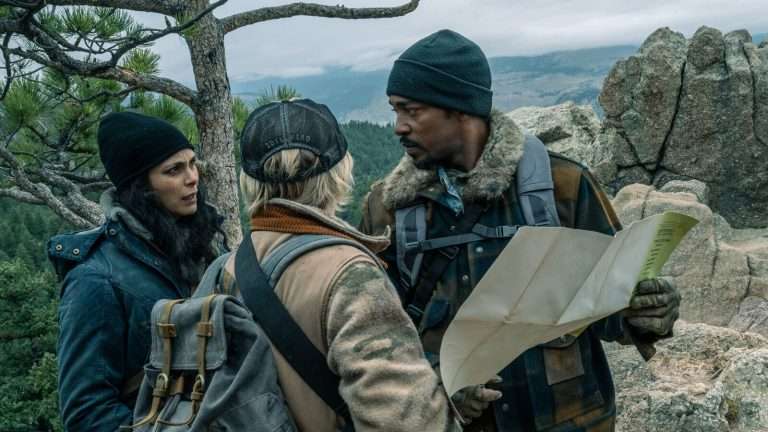The debut of “Mirzapur” back in 2018 was a flashpoint. It would be emulating the coarse language and pulp violence of more illustrious predecessors in films, setting its milieu in a heartland. But it’s the excess, the sleaze, the gratuitous nature of the violence, and the tinge of black comedy as a result of all the confluences of the above ingredients that make it stand apart in a burgeoning landscape. The dialogues became memes, and Divyenndu’s Munna Tripathi became an icon for the web-streaming space. The show became a divisive mascot of entertainment that streaming services would be capable of providing, proving its difference from regular television and even movies to a certain degree.
“Mirzapur” season 2, with the change in showrunners, is where the transitory mode takes shape. Wrinkles in the world-building begin to appear, and newer characters (interesting or otherwise) start making appearances and inspirations. Moreover, the pace of the show slowly starts to change, an effort to balance out the thrill and violence of the first season while also applying a more measured and character-oriented approach in its sophomore outing. In short, Mirzapur was undergoing growing pains, and while that wouldn’t be entirely successful, it was still a fascinatingly valiant effort that ended in a hail of gunfire, the death of Munna Tripathi, and Sharad slowly slinking away with the injured Kaleen Bhaiyaa, while Guddu Pandit and Golu Sharma finally succeeded in taking over the throne of Mirzapur. Their revenge tour is complete; woe be to anyone standing in their way.
But what happens after the revenge? What does one do when the embers of anger slowly die out, and the world won’t let one peacefully live out their life? “Mirzapur” season 3 now has the freedom to forge its trail. It starts by building up the world, bringing the entire Purvanchal area together with their own “Bahubalis” (dons) and a council that decides who runs the hinterland and how the spoils of drugs and other criminal activities will be divided or remain under control. That had been under the ironclad hand of the Tripathis so far, but with Guddu Pandit’s ascension to the throne and Akahndanand Tripathi’s disappearance, the battle for control of the entire Purvanchal region becomes the central substrate for this season.
Sharad Shukla (Anjumm Shharma) is also vying for the throne of Mirzapur, supported by Bharat Tyagi (Vijay Varma). Except this is the younger twin, Shatrughan, who had survived the previous season’s altercation and had taken the place of the elder, more responsible twin without the knowledge of the rest of his family. On top of that, the widow of Munna Tripathi and newly appointed Chief Minister Madhuri Yadav is on a path of revenge. However, she has recontextualized her vendetta into a crusade to rid the entire state of UP of crime. To that end, she is open to partnering with anyone necessary, even the dons she has sworn to destroy.
This season of “Mirzapur” is fascinating precisely because of how much of a slow burn it chooses to be. How it chooses to delve deeply into the arcs of almost all the characters, from Guddu Pandit (Ali Fazal) to Golu Sharma (Shweta Tripathi Sharma) to even Rajesh Tailang as Guddu Pandit’s world-weary, suffering father Ramakant Pandit. Fazal, in particular, is mesmerizing in underscoring Guddu Pandit with an almost emotionally stunted attitude.

With revenge for the deaths of his wife and younger brother fulfilled and anger unable to fuel him anymore, he could only feel alive when he resumed body-building or when he bashed someone with his bare hands. His quick propensity to violence is what brought him to the fold of the Tripathis way back in the first season, and that propensity to violence is also what makes him unpredictable and completely prone to bringing forth his destruction. This season doesn’t entirely push the overall character arc of Guddu from the previous one, but it does try to probe more inward, show the capability of violence he could inflict, and show how that unchecked violence would cause uncontrollable bloodshed on both sides of the fence.
Shweta Tripathi Sharma, as Golu, is another fascinating character who carries the wrinkles from the previous season to this one. Even more bottled up than Guddu, Golu is the farthest from the innocence she had depicted back in season 1. Her intelligence is her weapon, which she uses to protect Guddu’s brawns, but she also carefully shields herself from her womanhood, not allowing herself to feel unless random stray feelings of jealousy bubble under the surface. It’s the collateral damage of being part of the violent tapestry of Mirzapur, and Sharma is sneakily good in that role.
The other myriad subplots have the advantage of potentially surviving in their individual form, with the possibility of colliding with one another because they are in the same season. Sharad Shukla and his machinations for attaining the throne are aided by the infirm Kaleen Bhaiyaa (Pankaj Tripathi), whose practiced ease feels simultaneously reassuring and lazy. The gangster subplot intermingles with the larger politics of the state, where Sharad also has a foothold and joins hands with CM Yadav’s crusade.
The younger Tyagi trying desperately to fit into his older brother’s shoes, literally and figuratively, resembles a psychological thriller. Ramakant Pandit, finding himself in jail for shooting a police officer in the previous season, undergoes a redefinition of his principles as he learns the fallacies of the system he had spent so long defending. All these subplots are individually engaging in their own right. However, they do add up, creating a season consisting of episodes with major pacing issues.
Vijay Varma’s performance as Shatrughan is simultaneously empathetic and creepy. Anjumm Shharma, as Sharad, who has taken the place of the primary antagonist that Munna had retained in the last two seasons, is not nearly as charismatic or unpredictable enough. And even in his straight-headedness, Sharma isn’t nearly interesting enough of an actor to retain a sense of engagement, which is an issue because he commands a lot of real estate in terms of runtime throughout the series, overpowering both Pankaj Tripathi and even Ali Fazal to an extent. Isha Talwar as Madhuri Yadav is meant as a callback to Katrina Kaif’s character in Prakash Jha’s pulpy political thriller “Raajneeti,” which also forces Talwar to perform with an even tone that borders on flat at times.

What is disappointing are some of the arcs that wouldn’t be explored to their full fruition or be ended unceremoniously. One of the primary examples would be Rasika Duggal’s arc as Beena Tripathi. While previous seasons had shown her to be a power player from behind the scenes and a femme fatale in her own right, here she is sidelined to an obnoxious degree. The choice to include item numbers might serve as a reminder of what the show had been constructed as before—a television show with the tonality of a mass film—but considering the aesthetic and the tonality that this season chooses to retain for the majority of its runtime, these moments stand out as jarring.
But for the most part, “Mirzapur” season 3 is a season of consolidation, for better or worse. It is more interested in power plays and conversations behind closed doors rather than beheadings or overindulgence of sex scenes. It never completely loses the gift of clever conversation or the uniquely cheeky dialogue that has the potency to power through barren tracts of “plot.” Or at least that is what the larger fandom would be looking for—the potency of season 1 reminding them of the glory days or of Munna Bhaiya being wantonly violent and creatively coarse in his dialogue delivery. Well, Munna Bhaiyaa is dead, and the show wants you to remember that.
It also chooses to open up intriguing plot threads that do promise to go somewhere, again choosing to swing big rather than play safe. With the safety net of Divyenndu as Munna not present anymore, the show chooses to move forward with the same tonality it had introduced in the previous season, and it chooses to end by writing themselves into a corner, where, with a status quo that is quite familiar and yet different in that both sides are cornered.
It also explores the futility of violence, as well as how Mirzapur and the system sustaining it are representations of corruption and carnage. The only way out, perhaps, is not to resume rotating the wheel but rather to break it. The creators have left the door open for a future season. Let’s hope it comes out much quicker than this one, and also that this is the final hurrah for the show. While I enjoyed this season, I can still smell the fumes it is running on.




![Paava Kadhaigal [2020] Netflix – Sinful Filmmaking under the Garb of Hard-Hitting Social Drama](https://79468c92.delivery.rocketcdn.me/wp-content/uploads/2021/01/4-768x427.jpg)



![Worst Roommate Ever [2022] ‘Netflix’ Review: Fictional Villains And Monsters Pale In Comparison To These Bad Roommates](https://79468c92.delivery.rocketcdn.me/wp-content/uploads/2022/02/Worst-Roommate-Ever-2022-Review-768x432.jpg)
